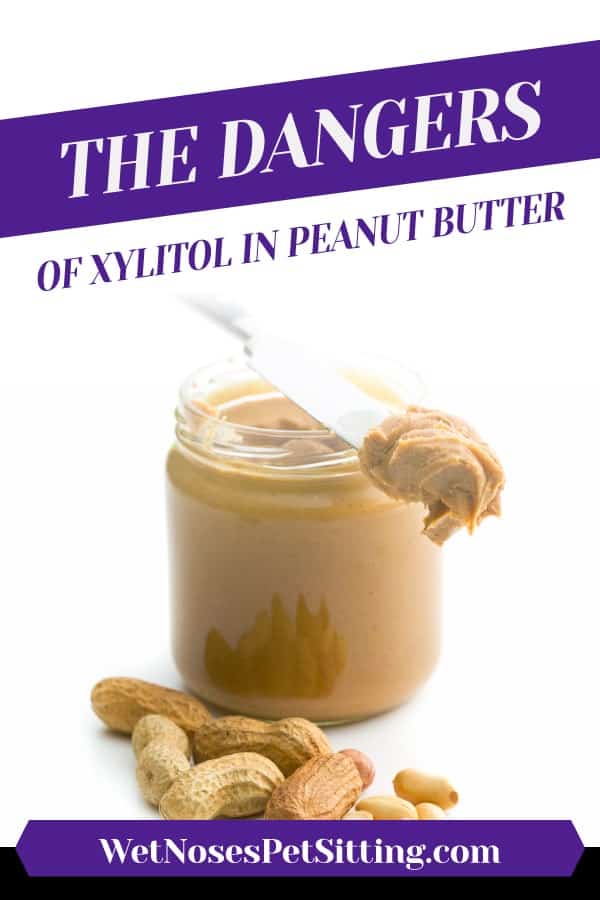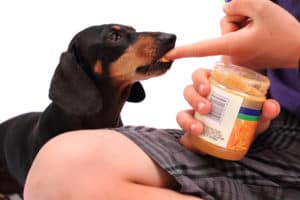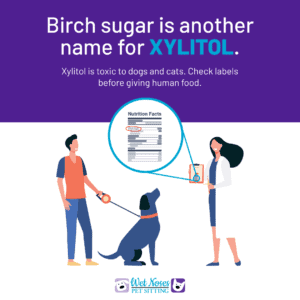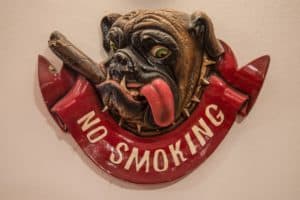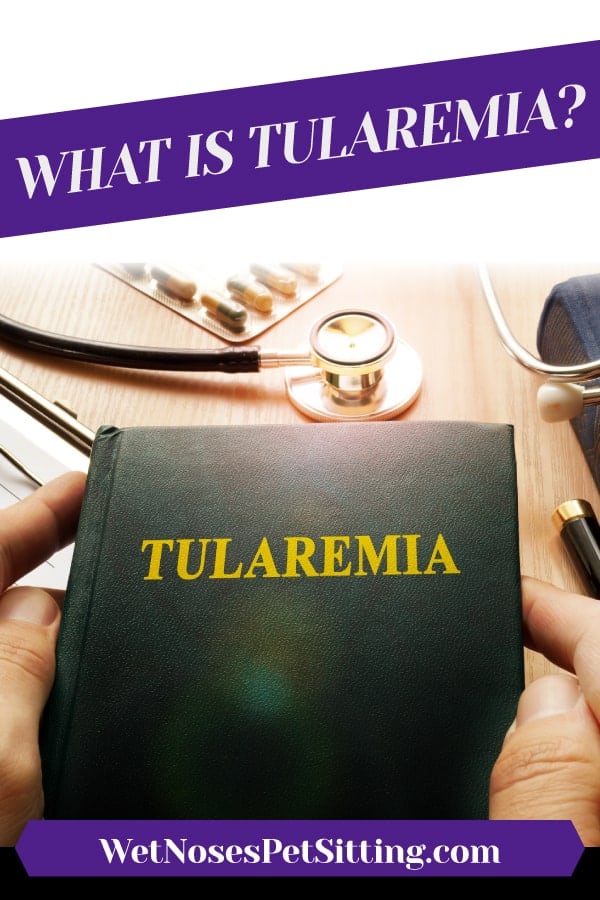The Dangers of Xylitol in Peanut Butter
The Dangers of Xylitol in Peanut Butter
Recently, there has been a post going around Facebook telling dog parents not to give their dogs peanut butter. If you look further into why peanut butter can be deadly to your pup, you will find xylitol to blame.
So what the heck is it? Xylitol is a food additive that is used to replace sugar in many foods. It is found in hundreds of food and health products, such as gum, human toothpaste, vitamins, and now peanut butter. While xylitol is perfectly safe for humans it is extremely toxic to dogs. Potentially more toxic than chocolate.
When minimal amounts of xylitol is used are used (like doggie mouth wash) it is perfectly safe for your dog. However, the concentrations of the sweetener in most human food is very dangerous to your dog and can cause poisoning.
What are the symptoms of xylitol poisoning in dogs?
- Vomiting
- Weakness
- Incoordination or difficulty walking or standing (walking like drunk)
- Depression or lethargy
- Tremors
- Seizures
- Coma
Left untreated poisoning can lead to liver damage. These symptoms typically show up 10-60 minutes after eating it.
What should you do?
1. Always read the labels of any product you giver your pooch and look for potentially poisonous things. Only some brands of peanut butter have this type of deadly sweetener in them.
2. Do not leave gum or toothpaste where your dog can get to them.
3. If your dog does eat xylitol, call your vet right away.
With veterinary care arriving quickly, your dog will hopefully be able to have a full recovery.
What peanut butter is safe?
Many brands don’t contain xylitol but if you want to be extra cautious you should purchase a dog-safe peanut butter. Here are a few brands on the market that all fit different pet owners needs.

Green Coast Pet Pawnut Butter @ $9.99

Super Snouts Nutty Dog CBD Spread @ $29.99

woof butter Natural Peanut Butter @ £3.99
What about birch sugar?
Did you know another name for xylitol in peanut butter is birch sugar? With more companies being aware of consumers hesitancy towards purchasing products containing xylitol they have come up with other ways to label xylitol-containing products.
Once you’ve checked your peanut butter labels, why not try our Peanut Butter Molasses Dog Treats. Did we miss something? Let us know in the comments or @WetNosesPetSitting.


